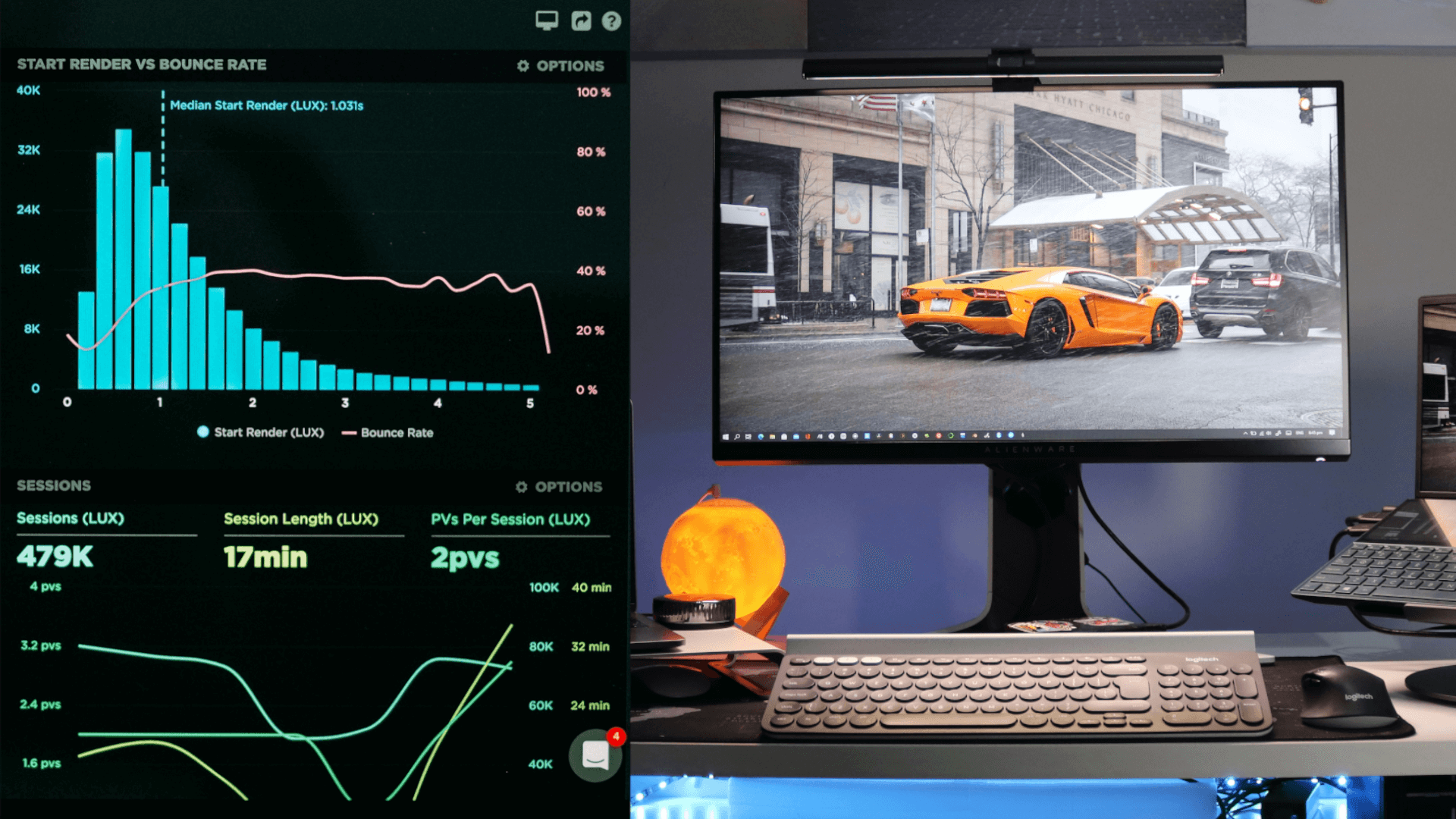Renowned Australia-based YouTuber Crash Frontier, whose channel receives millions of views on each release, has revolutionized the animated film production process by harnessing disruptive technologies to condense the timeline from concept to screen to a mere seven weeks.
Known for his high-octane, action-packed films reminiscent of the Fast & Furious franchise, Leo Glantschnig, the man behind the channel, has set a new standard in the realm of digital filmmaking in today’s rapidly evolving technological landscape.
By leveraging the capabilities of BeamNG.Drive, a disruptive simulation software traditionally used for automotive crash modeling and never intended for high-end movie making, he creates visually stunning and realistic action sequences that rival Hollywood thrillers and action flicks. This innovative use of game engine technology enables the creation of complex physical simulations that would be prohibitively expensive and time-consuming with traditional methods, while also mitigating the financial risks associated with today’s film productions.
How Data Changes Everything
Many have stated that data is the new oil or that harvesting and utilizing data is the gold rush of the 21st century. In the digital world, data is indispensable, as all algorithmic processes build upon the processing of vast amounts of data. YouTube is a pioneering model in data processing and provision to its partners. The company has invested heavily in advancing data processing capabilities and encourages its users to integrate data into their business ideas and focus on YouTube. A skill that is in high demand in companies around the globe.
According to Leo, data makes a decisive difference. He optimizes his content to maximize audience retention and satisfaction in a way that would not be possible in traditional filmmaking. “If you have tools like an attention graph at your disposal and know how to read and interpret it, you better use it. It would be foolish to assume you really know what your audience wants just based on likes and comments. The power of steady improvement lies in the multilayered data and offers a vast insight into what the best scene of each film is and which ones should be improved in the next production, as well as trends.” he states.
The Industry’s Transition Hurdles
The marriage of cutting-edge technology with creative vision raises the question of where classic filmmaking is headed in this rapidly evolving landscape. As disruptive technologies continue to advance, the film industry is poised for significant transformation.
The ability to quickly adapt to viewer preferences, informed by precise data, will likely become a cornerstone of successful filmmaking. This trend also democratizes the production process, allowing independent creators and smaller studios to compete with major Hollywood productions by leveraging these accessible technologies.
However, traditional filmmaking methods still hold significant value, particularly in areas where new technologies may not yet match the depth and nuance achievable through established techniques. Practical effects, for instance, often provide a tangible realism that digital effects can struggle to replicate. The tactile quality of physical sets and props can enhance the authenticity of a scene, engaging audiences in ways that purely digital environments might not.
For Leo’s audience of millions on YouTube, it makes no difference. The films are so immersive that they fully engage viewers, showcasing the potential of modern digital filmmaking. “It’s really hard to tell where the industry will go, but it’s certain that right now we’re at a crossroads in every possible sense. There are some really smart minds coming up with solutions that are game-changers for the digital film industry, particularly for people working alone. For instance, EmberGen, a real-time fluid simulation tool for creating fire, smoke, and explosions for VFX artists, has allowed me to quickly create the right volumetric assets for my films. Before that, such a process would have taken weeks and might have required a team. I was relying on stock assets to be overlaid over my films, but they often didn’t have the right angle. The release of their software made a huge impact on my films – pun intended.”
The innovative approaches demonstrated by digital creators like Crash Frontier serve as a blueprint for the future of film production. By embracing and integrating disruptive technologies, the film industry can achieve democratization, enhance creative possibilities, and better meet audience expectations. The journey from concept to screen in just weeks exemplifies the profound impact that these advancements can have, heralding a new era in the landscape of filmmaking.









